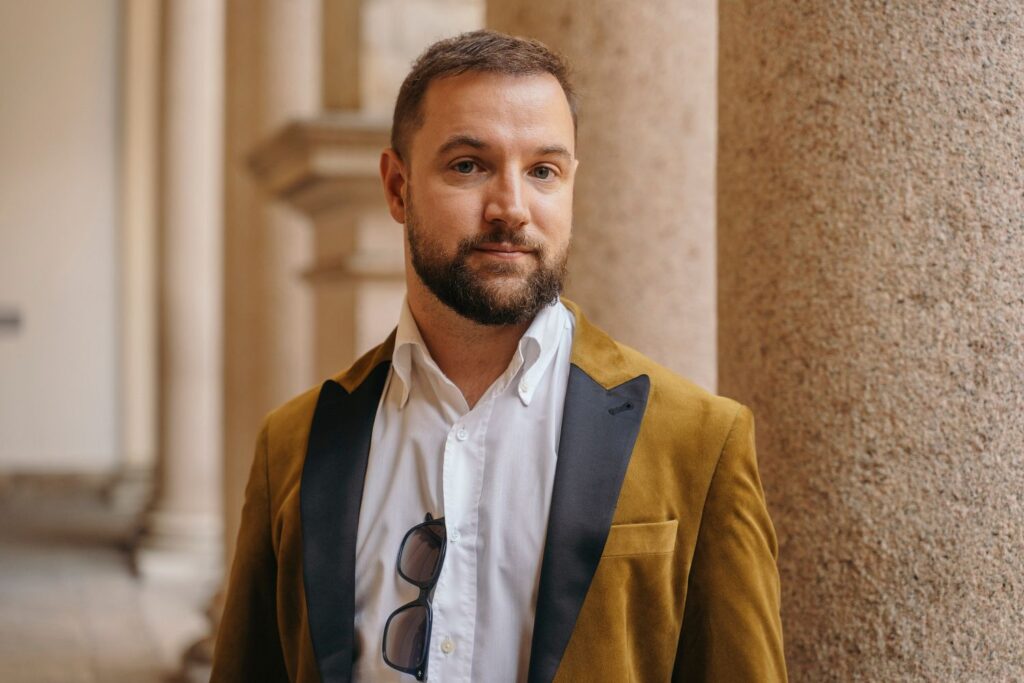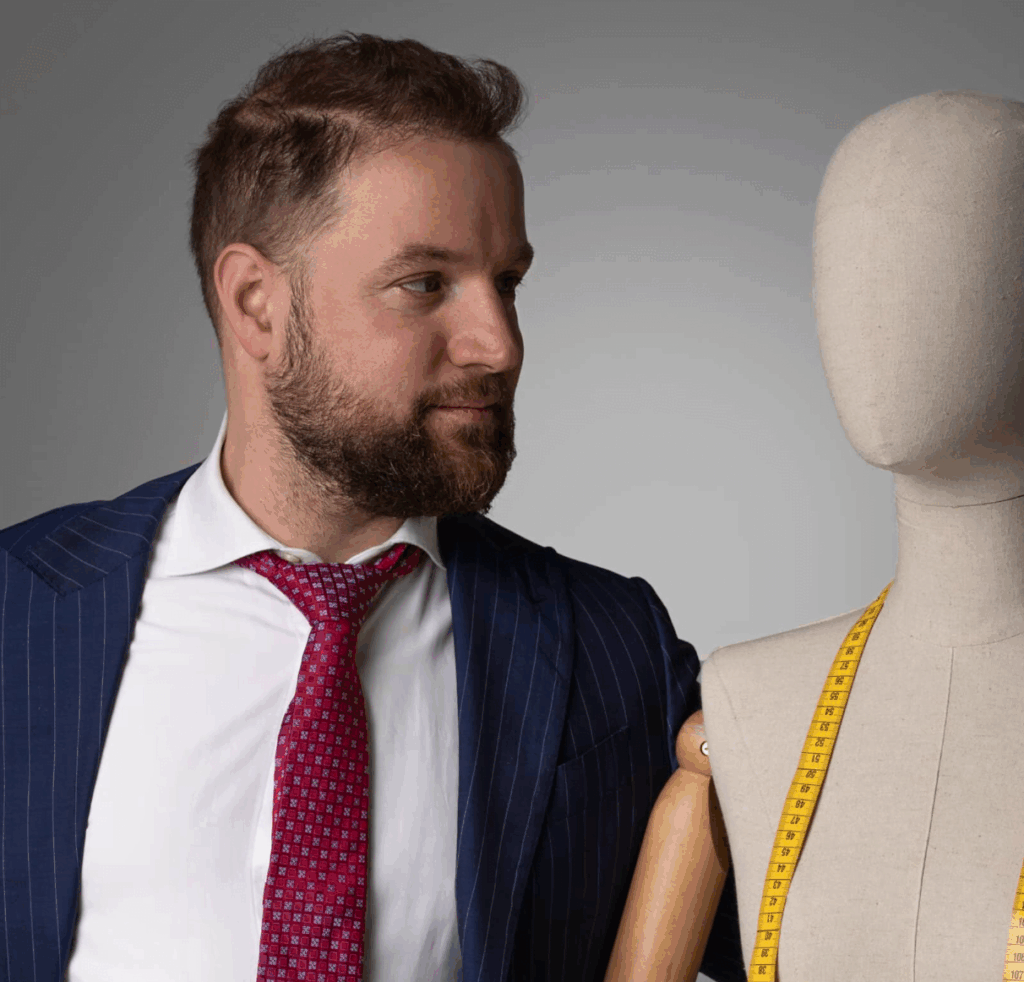[How trends are born, live and die].
A question that sooner or later occurs to everyone, from fashion insiders to fashionistas, is: "where do trends come from?" What are the different sources of inspiration that characterise fashion and anticipate it?
In this article I will try to gather ideas and different points of view to understand what a trend is, and who are the players in the complex game of fashion that take part in defining it. If you are entering the fashion world and want to come up with something original and your own, I think you need to know broadly how it works in order to have the right outlook on it.
Let us start with what the dictionary of the Italian language tells us:
trend
[ten-dèn-za]
s.f.
1 Inclination, disposition towards something [...].
2 Ideological, ideal or programmatic orientation, manifested in the context of political, social, artistic, cultural movements: new artistic, literary trends
‖ A collection of people who identify with this orientation [...].
‖ Setting a trend, proposing a style or behavioural model, steering the choices of the fashion-conscious in that direction: a look that makes t.
3 Disposition to evolve, to change in a certain way [...].
[Source: http://dizionari.hoepli.it]
At first glance, we can see that a trend is first and foremost an inclination, a disposition towards something, a sort of 'red thread' that links and unites different things within a thematic container. In order to exist, a trend must necessarily be recognised by a group of people who legitimise it and in some way promote it (either as creators or as consumers), and here is where what are usually called 'influencers' come into play.
At first, trends are introduced by those who have always been recognised as the innovators of fashion: the designers. Then, they are adopted by so-called 'opinion makers' or 'trend setters'. These people are usually very close to the fashion world such as the fashion editors of the big fashion magazines, the stilysts (not to be confused in Italian and wrongly translated as stylists) or other types of people who enjoy privileged access such as VIPs, artists, and finally bloggers.
There are also small groups of high-spending, high-capitalised consumers who want to differentiate and stand out for reasons of class, prestige and notoriety. Although they may not be celebrities in the strict sense of the word, they have the economic power to force their way into the ranks of the 'early adopters' or to create their own fashion lines and set trends.
Once upon a time, this type of consumer was channelled to the couturier market of the Parisian maisons, but with the progressive crisis of the latter (the number of global haute couture customers is estimated to be around 6000), it seems that the trend is to exploit capital and notoriety to create one's own fashion line and brand.
As I often say, fashion is a real format born to create (and then kill) trends and so after a 'mainstream' phase where the trend reaches the consumer it then tends to gradually die out and be replaced by the next one. Times change and everything becomes faster.
Some 20 years ago, there was a real supply chain logic where the large production groups would get together in advance to decide at the table what the trends would be, starting with new types of fibres/fabrics through to colours and so on.
Nowadays, the life cycle of every trend tends to get shorter and shorter so that when you go to trade fairs such as Milano Unica, Première Vision in Paris most of the time the collections have already been defined and the trends on display are no longer real previews. This is the general problem with trends: when you see them displayed somewhere they are already in the mainstream. The question comes up: 'if I want to create my own collection
Moving to a more academic point of view, every trend has its own life cycle that is usually made up of three phases: Introduction, peak and decline.
After being introduced and marketed, there is a moment of maximum demand corresponding to a peak in sales. The decline phase begins with the passage of time where the product loses its market sales margin and the price is gradually discounted.
At this stage, the number of potential customers of brands is enlarged who, attracted by a better 'brand-price' ratio, can buy something that for purists 'would no longer be fashionable' but which in reality remains of the same symbolic and aspirational value as that at full price.



